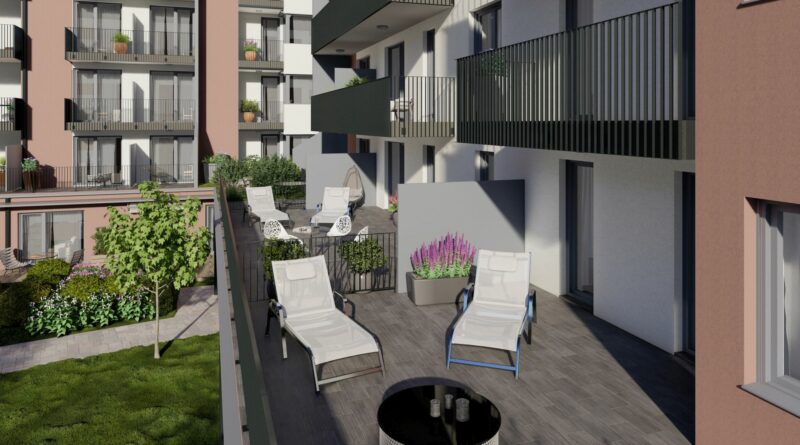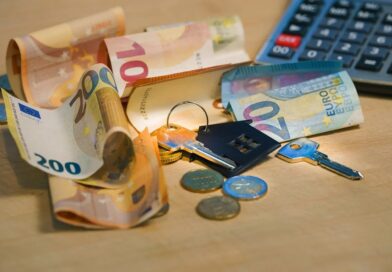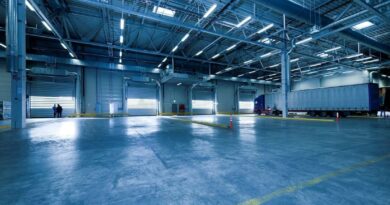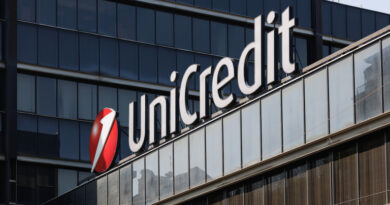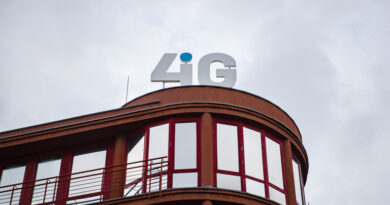Building offices not a lucrative business in Budapest – Eston
It is not worth embarking on office development projects in Budapest due to low rental rates and high transaction yields, Eston has said on Wednesday. However, it sees investment opportunities on the office market. Is it time to buy office buildings?
Development site market
Several negative factors affected the real estate market last year, of which the most important was a fall in demand, and in addition, tight and pricier credit sources. As in other segments, there were no major transactions on the market of development sites last year whatsoever, and solely end-user purchases were seen.
There were many developers who bought up numerous sites in time of boom and planned to start more projects simultaneously. Although conceptions have already been created for some of those, decisions about keeping viable projects or dropping others are now based on new feasibility studies – tailored to the new economic situation.
As these empty spaces do not produce any income, it is likely that some plots of speculative “one-project” developers of less solid capital would fall into the hands of the financing banks.
Even if some of them manage to finish their ongoing projects, they will not consider buying new sites or elaborating new projects at all. Even though “for sale” signs are not advertised on the majority of the development sites of Budapest, practically all owners have reconsidered their previous conceptions, and they are more than willing to sell.
All market players share the same opinion about the lack of demand for development sites in Budapest. Certain interest is still shown towards the central areas of the capital, e.g. for some vacant sites in the city centre and inner Buda or for other bargains in prominent locations. Investors with solid capital are looking to exploit these limited possibilities.
It is not worth developing an office building!
Eston examined a fictive office development project in its example: supposing that yields are between 8-9% and rents are EUR 10-12 /month, the investment value of 1 sqm ranges from EUR 1,200 to 1,620. Calculating EUR 1,350/sqm project cost – which includes the fee of planning and authorization, costs of landscaping and construction work, reserve for unexpected costs, in addition to financing, marketing and other soft costs – and 250-400 EUR/sqm price for the site (these were bought before the crisis) it is sufficiently clear that even in the best case, developers could sell only at cost.
Selling is, however, quite difficult in this current illiquid market. Subsequently there is only chance in that exceptional case, when developers manage to fill their buildings to an 80-90% level and there is a serious buyer for it in the market. (There has not been a single grade ‘A’ investment transaction in Hungary in the past 12 months).
It can be easily determined that as long as these yields and rents stated above are available on a given market, it is impossible to gain profit by developing office buildings. That is the reason why not one developer has started new projects since September 2008. As far as it is possible to sell after all on the above price level, the developer then has not realized profit, but only managed to liberate his capital!
Buy!
Eston International’s experts are suggesting to investors with solid capital to purchase office buildings where tenants have moved in paying lower market rents already adjusted to the crisis – therefore those buildings produce re-priced cash-flow – while on the other hand yields are on the currently estimated, 8-9% level.
This simple example below is to demonstrate the essential elements of the acquisition strategy by illustrating the inverse movements of rents and yields. In Eston’s estimation, local rents have dropped 10-20% compared to rents at the time of the real estate boom in 2007 and hovering around EUR 11.5/sqm/month. Yields are still high (8.5%), but the exact figures are unknown due to the lack of benchmark transactions. Let us assume that we buy this imagined building filled with tenants with the conditions above, with 30% equity capital. Therefore the selling price would be EUR 1,624/sqm.
Assuming that three years later rents will go up according to market expectations – but they do not reach the level before the crisis – while yields drop back to a level which is still higher than before the crisis, our property would be worth EUR 2,200/sqm, which gives us a EUR 500 difference, the amount of our capital. If we manage to sell and exit at this point, then this could result in the doubling our equity capital in three years.

